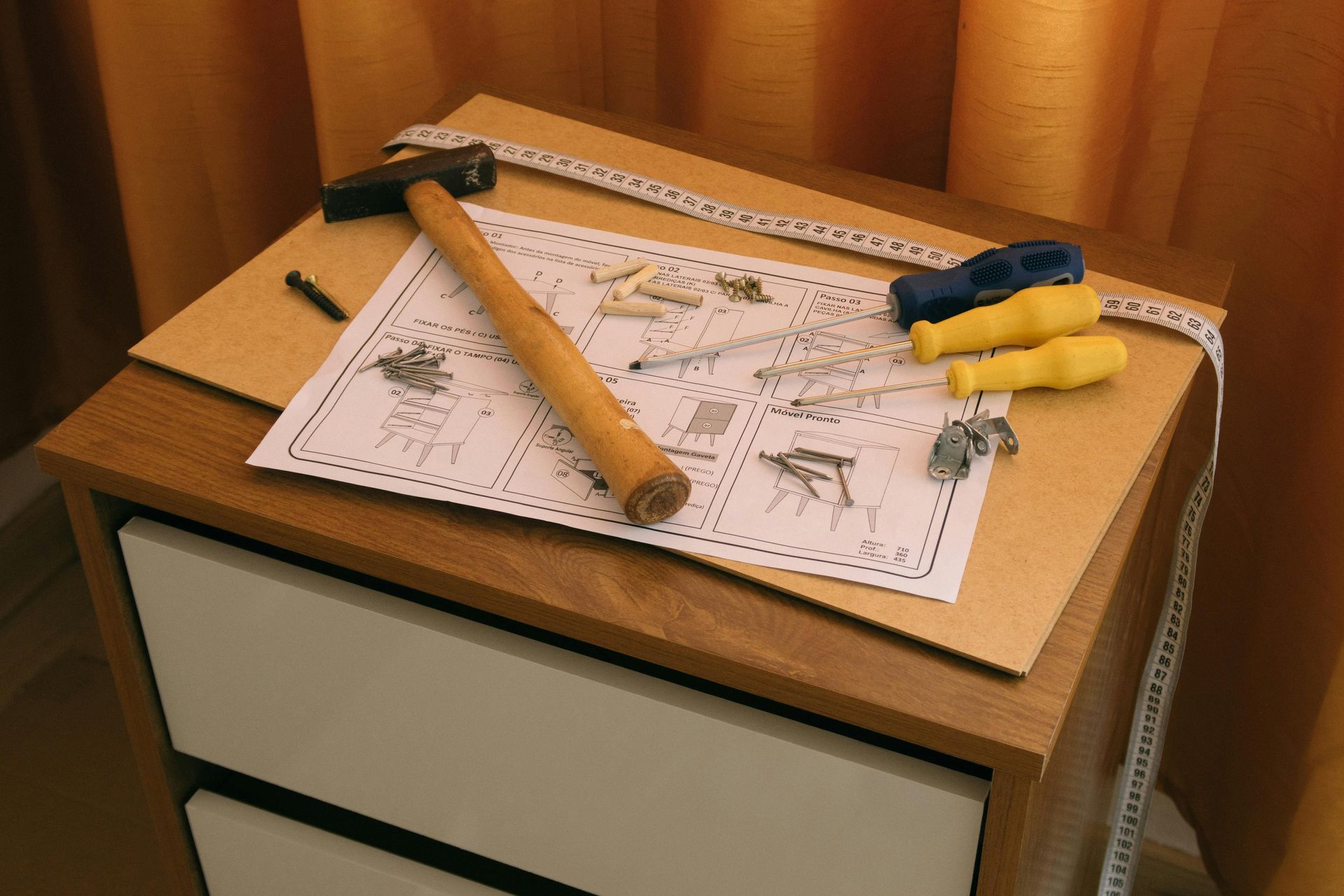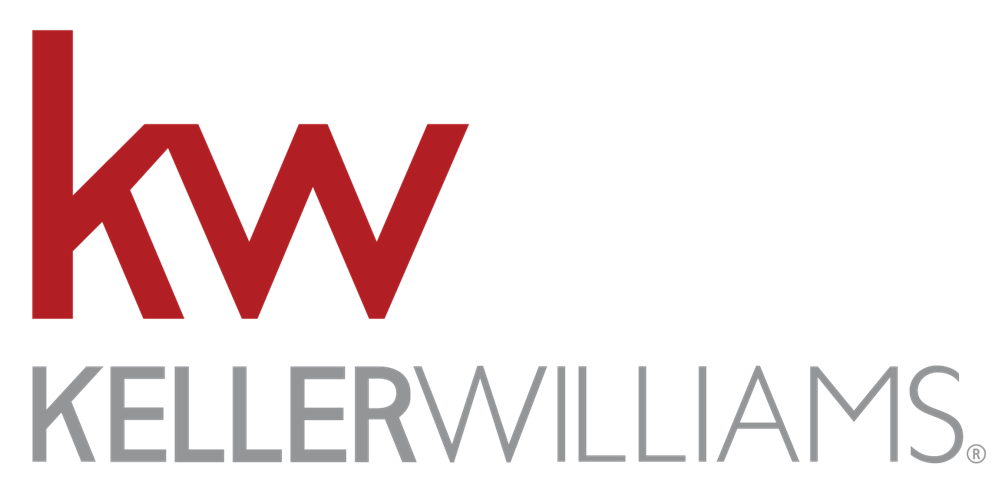By Christelle Masi
•
December 4, 2024
When it comes to real estate investment, fixer-upper properties have long been a popular choice for savvy investors looking to maximize potential profits. These homes, often in need of repairs, renovations, or updates, offer a chance to increase their value significantly with the right improvements. However, while the allure of turning a run-down property into a beautiful, profitable asset is strong, it’s important to approach fixer-uppers with a clear understanding of what’s involved. If you’re considering purchasing a fixer-upper as an investment, there are several key factors to keep in mind. Here’s a guide to help you determine whether a fixer-upper is right for you and how to make the most of this investment opportunity. 1. Understanding the True Potential of a Fixer-Upper The first step in considering a fixer-upper as an investment is understanding its true potential. A fixer-upper isn’t just about buying a property that needs work – it’s about seeing beyond the immediate condition of the house and identifying opportunities for improvement. Whether it’s updating the kitchen, adding a new coat of paint, or redoing the landscaping, a fixer-upper presents an opportunity to add value and improve the property's appeal. However, it’s important to consider the scope of repairs. Cosmetic fixes, like replacing outdated fixtures or refinishing floors, are generally more cost-effective and provide a higher return on investment than structural repairs, such as replacing a roof or foundation. 2. The Financial Consideration: Cost vs. Return One of the most important factors to evaluate when purchasing a fixer-upper is the cost of renovations and how that compares to the potential return. Renovating a property can be expensive, and it’s essential to have a clear budget for both materials and labor. Before making an offer, it’s a good idea to bring in a contractor or home inspector to provide estimates on the necessary repairs and improvements. As an investor, your goal is to ensure that the cost of the property, combined with renovation expenses, stays well below the expected market value after the work is completed. This difference – known as “equity” – is where your profit lies. Make sure you’re not over-investing in renovations that won’t yield a significant return. Generally, a fixer-upper should offer at least 20-30% potential profit margin after factoring in both the purchase price and renovation costs. 3. Location, Location, Location Like any real estate investment, location is key when purchasing a fixer-upper. A house in a prime neighborhood with good schools, low crime rates, and strong community engagement will always attract more buyers, even if it needs work. However, properties in up-and-coming or transitional neighborhoods may also present excellent opportunities if you’re willing to take a risk on a potentially rising market. Before purchasing, research the local real estate trends to determine whether home values in the area are expected to increase. Ideally, a fixer-upper should be located in an area that is either gentrifying or already experiencing rising home prices. This will allow you to sell the home at a higher value after renovations are completed. 4. DIY vs. Hiring Professionals: Know Your Limits One of the most appealing aspects of buying a fixer-upper is the possibility of saving money by doing the work yourself. If you have experience with home improvement projects and enjoy getting your hands dirty, tackling some renovations on your own can significantly reduce your costs. However, it’s important to be realistic about your skillset. While DIY projects can be rewarding, they can also lead to costly mistakes if you’re not careful. Complex tasks, such as electrical work, plumbing, or structural repairs, should always be left to licensed professionals. Not only do they bring expertise, but hiring the right professionals can help ensure that the work is done correctly and to code, preventing costly issues down the line. 5. The Timeline of Renovations Renovations, even small ones, can take longer than expected. When you purchase a fixer-upper, you should be prepared for delays, unexpected expenses, and the possibility that the timeline could stretch out. Delays could be caused by a variety of factors, including permit approvals, the availability of contractors, or the discovery of hidden issues in the home. For investors, the longer the timeline, the more costly the project can become. Holding costs – such as mortgage payments, property taxes, and utilities – can add up quickly. It’s crucial to plan for these potential delays and ensure that you’re financially prepared to handle them. 6. The Risks Involved in a Fixer-Upper Investment While a fixer-upper offers many potential rewards, there are significant risks involved as well. The property might turn out to have far more issues than originally anticipated, which could lead to higher-than-expected renovation costs. In extreme cases, some fixer-uppers may have foundational or structural problems that render them uninhabitable or require extensive repairs. Additionally, the housing market can be unpredictable, and there’s always the risk that the renovated home won’t sell for as much as you had anticipated. In order to minimize these risks, it’s important to do thorough due diligence before purchasing, carefully vetting both the property and the neighborhood. 7. Choosing the Right Property Not all fixer-uppers are created equal, and choosing the right property is crucial to ensuring a successful investment. When scouting for potential fixer-upper properties, look for homes with good bones – that is, homes that have a solid structure and foundation. A property with issues such as a crumbling foundation, severe water damage, or outdated electrical wiring can quickly eat into your renovation budget and may not offer a sufficient return on investment. A home with cosmetic issues, like an outdated kitchen or worn flooring, is generally a better bet. These are the types of renovations that can be done efficiently and affordably, providing a good return without requiring an extensive investment. 8. Long-Term Investment Potential Fixer-uppers are often considered long-term investments. While you may not see an immediate return on your investment, renovating a property with careful planning and attention to detail can increase its long-term value. Additionally, the ability to rent out the home after renovation or hold onto it as the market continues to rise can further increase your return over time. As with any real estate investment, it’s important to keep your long-term goals in mind. Whether you’re flipping the home for a quick profit or planning to hold onto it as a rental property, a well-executed fixer-upper project can be a lucrative venture. 9. Leveraging Financing Options One challenge that many investors face when purchasing a fixer-upper is financing the project. Conventional loans may not cover the cost of repairs, and getting a loan specifically for renovation can sometimes be difficult. However, there are several financing options available, such as FHA 203(k) loans or Fannie Mae’s HomeStyle Renovation loan, which allow you to finance both the home purchase and the renovation costs. Another option is to secure private financing or work with hard money lenders, who specialize in providing loans for real estate investment projects. Just keep in mind that these types of loans can come with higher interest rates and shorter repayment terms. 10. Knowing When to Sell The final step in your fixer-upper investment journey is deciding when to sell. Once the renovation is complete, you’ll need to assess whether the market conditions are favorable for a sale. If the market is hot and demand for homes is high, it may be the perfect time to list your newly renovated property. Alternatively, if the market is slow, you may choose to rent the home out until conditions improve. Holding onto a property for a few months or even years can help maximize your return, especially if property values are expected to rise. Conclusion Investing in a fixer-upper can be a lucrative and rewarding venture, but it’s not without its challenges. With careful planning, a clear understanding of your budget and timeline, and a realistic assessment of the property’s potential, you can transform a fixer-upper into a profitable investment. Whether you’re flipping the property for a quick profit or holding onto it for long-term gain, fixer-uppers can offer substantial returns when approached with the right strategy.




